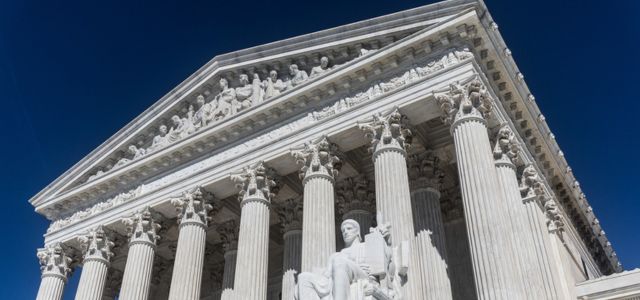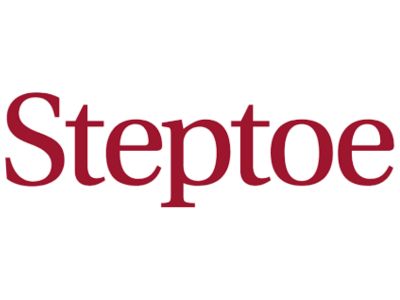In Loper Bright Enterprises v. Raimondo, the Supreme Court overturned Chevron in a 6-3 decision, thereby eliminating nearly 40 years of Chevron deference to administrative agencies. Based on Section 706 of the Administrative Procedure Act (APA), the majority held that courts—not agencies—are to “decide all relevant questions of law” and “interpret . . . statutory provisions,” regardless of any perceived gaps or ambiguities that might be in a particular statute. As the majority argued, “Chevron’s presumption” of deference “is misguided because agencies have no special competence in resolving statutory ambiguities. Courts do.” In a vigorous dissent, Justice Kagan noted that the scientific and technical questions often at issue in Chevron cases are frequently better left to agencies with expertise and lamented that the decision “gives courts the power to make all manner of scientific and technical judgments” and “all manner or policy calls,” and places “courts at the apex of the administrative process as to every conceivable subject—because there are always gaps and ambiguities in regulatory statutes.”
The question is, what are the types of impacts Loper Bright might have on patent law and the patent system? As patent lawyers and litigators, we are constantly dealing with scientific and technical questions in our cases—and certain agencies, including the US Patent and Trademark Office (USPTO) and the International Trade Commission (ITC), are both hotbeds of patent activity and litigation. The future activities of these agencies might be subject to less deference in the future as a result of Loper Bright. For example, Chevron has been discussed and applied in the context of the USPTO’s decisions on patent term lengths and adjustments and its interpretations of its authority under the America Invents Act (AIA). The Federal Circuit had a heated debate a few years ago in the Aqua Products case, where the en banc court decided that the petitioner bears the burden to prove invalidity in the context of motions to amend filed in inter partes reviews. The en banc court was split on whether the AIA was ambiguous on the issue and considered the Chevron framework but declined to defer to the USPTO’s position because there had not been any regulatory action to which the Court needed to defer. By contrast, the Federal Circuit deferred to the ITC in the Suprema decision, where the en banc court permitted ITC jurisdiction over imported “articles that infringe” under theories of induced infringement, even where the imported articles—fingerprint scanners—did not infringe at the time of importation, but would later infringe after importation once combined with software. Loper Bright made clear that prior decisions under the Chevron framework are subject to statutory stare decisis. Thus, it is possible that Suprema may remain good law despite its invocation of Chevron deference, but there are already efforts to challenge Suprema underway.
Beyond these prior examples from the Federal Circuit that invoked Chevron, there will be questions on how existing or future statutes might implicate gaps that can no longer receive deference. For example, in the context of emerging technologies such as artificial intelligence (AI), there might be questions over the role AI plays in patenting at the USPTO that are currently being resolved in the context of statutory gaps, as well as continued questions over gap filling within the AIA. There may also be future questions about importations or future patent infringement issues at the ITC that might implicate software, data, or other “intangible” aspects of goods that do not fit neatly into existing law and requirements of an imported article or “domestic industry” requirements. At the end of the day, what patent lawyers and litigators need to know is that absent clear indications in the law or delegations from Congress, one can no longer presume deference to an Agency such as the USPTO or the ITC, and “gaps” will be filled by traditional notions of statutory construction by lay judges. Thus, in the Federal Circuit, legal rules will more likely be subject to the interpretive judgments of a particular panel rather than to the expertise or policy of the executive branch. This may be less of a challenge for the Federal Circuit given its extensive experience construing patents using similar interpretative canons to those of statutory interpretation, but we should all be prepared for uncertainty as Loper Bright runs its course.

Written by Christopher A Suarez
You may also like…
Pravin Anand conferred with the APAA Enduring Impact Award
Pre-eminent IP Lawyer and Managing Partner of Anand and Anand, Mr Pravin Anand, has been conferred with the...
The quiet power of confidentiality clubs in SEP litigation
In standard essential patent (SEP) disputes, especially those involving FRAND (Fair, Reasonable, and...
A $10 million patent win reduced to a $1 lesson in damages
In a decision that will resonate as a stark warning to patent litigants, the US Court of Appeals for the Federal...














